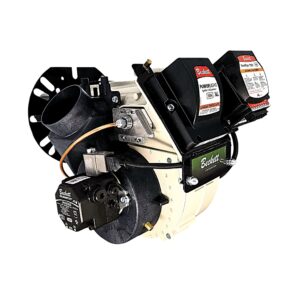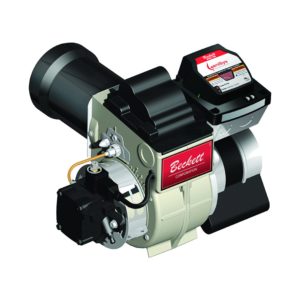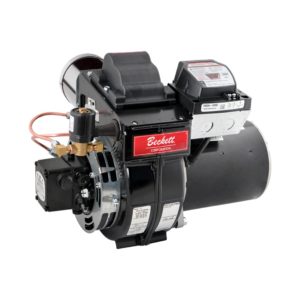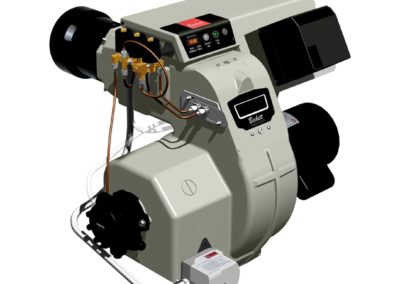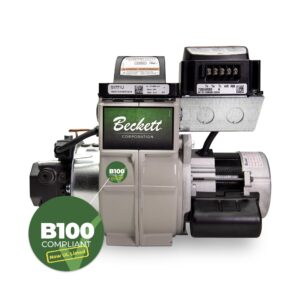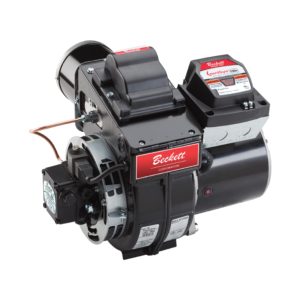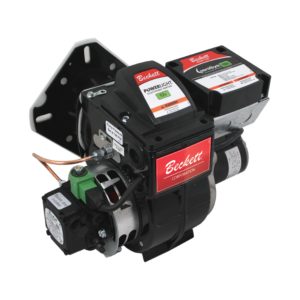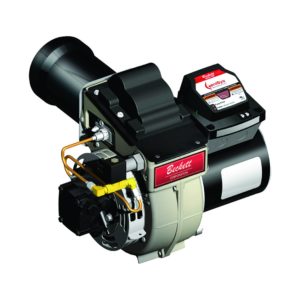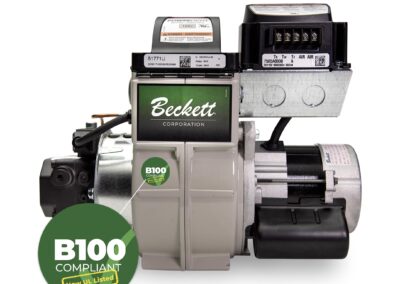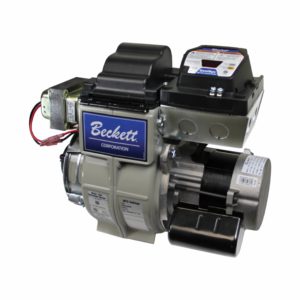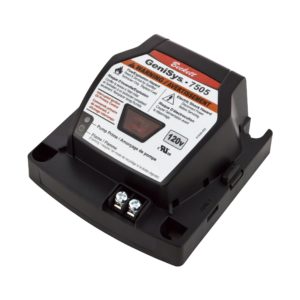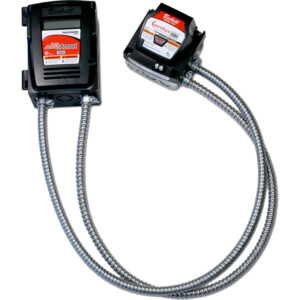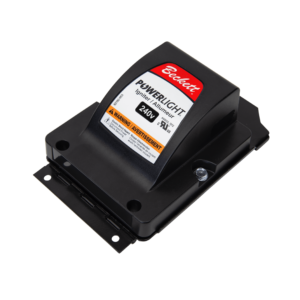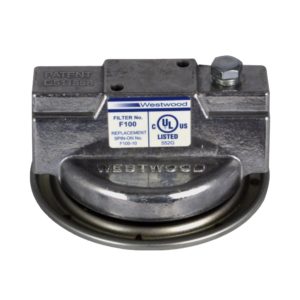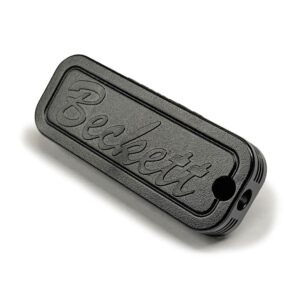Modern flame retention burners make it possible to adjust the performance to high CO2 (or low O2) levels. For example, in certain packaged applications, 14% CO2 at a trace of smoke level is not uncommon. On the surface, this appears to be excellent because the system efficiency can be in the 85+% range. However, there are some very important considerations.
- Some boilers and furnaces were designed with very generous combustion areas and flue passages. Non-flame retention burners operating at a nominal 8% CO2 and number 1 smoke could typically make it through a heating season without sooting the more generous, very forgiving units. AFUE rating was not the primary concern in those days.
- Many of today’s appliances are more compact, with combustion zones reduced and flue passages tighter.
- Burner adjustments become more important, and adverse conditions such as, sooted heat exchangers and even deterioration of refractories can occur if sound principles are ignored.
- When flue passages are more restricted, the CO2 vs. smoke level must be set to accommodate this. Our June 15, 1985 “TECHNICAL INFORMATION BULLETIN” thoroughly discusses burner adjustment. It would be good to reiterate some basic guidelines.
- Adjust the barometric damper to regulate -.02″ W.C. over-fire draft, or to what the manufacturer recommends.
- Set the burner air controls to obtain a TRACE OF SMOKE at steady-state operation.
- At the TRACE LEVEL, measure the CO2% or O2%. Let’s assume we find 13.0% CO2 (3.5% O2). Now open the air shutter until this level changes to 12% CO2 (4.5% O2). Check the smoke level again. You should have zero. You have built in a margin to ensure clean operation over a heating season. Should the draft decrease, lint accumulate, heavier oil be delivered, or other adverse variables be encountered, you have a reasonable margin of built-in protection BEFORE SMOKE GENERATION BEGINS.
- Refractory material is generally capable of a maximum operating level rated at 2300°F. Wet-base boilers normally utilize a reduced amount of refractory, which is usually positioned so that it can transfer heat to the surrounding water-backed surfaces. There is little danger of overheating the refractory in this application. Therefore, higher CO2 levels can be realized with due consideration being given to item “D” above. In dry-base boiler models and furnaces, the refractories are selected to withstand the elevated temperatures of high performance burners. However, field experience and laboratory tests reveal that, under certain conditions, refractories have deteriorated due to exceeding the maximum temperature rating. While each application is different, we do know that the highest flame temperature occurs at elevated CO2 levels. For example, a burner operating at 13.5% CO2 and zero smoke may be near the 2100°-2200°F range and would exceed 2300°F at 14.5% CO2 and a trace of smoke. Sustained firing at this level could seriously affect the integrity of the combustion refractory and cause fissures, cracking, or even surface erosion.
Keep in mind that actual performance levels vary among the broad range of burner applications. However, service “call backs” will be reduced whenever these principles and guidelines are understood and followed. Heating appliances should be adjusted with suitable combustion test instruments. Combustion levels must be compatible with each design application. It is always good practice to consult the appliance manufacturer’s installation literature for his recommended performance specifications.

